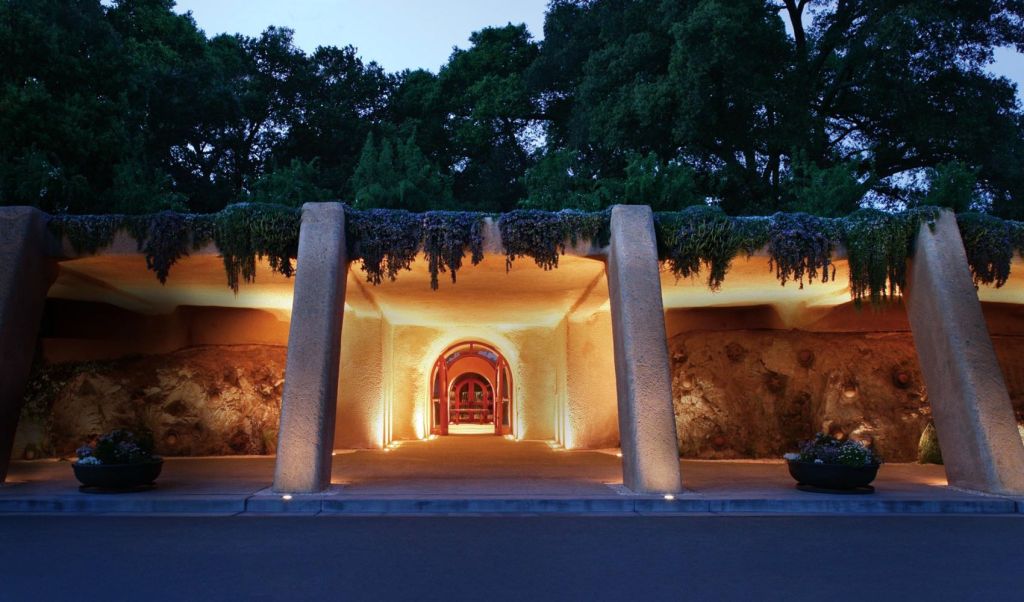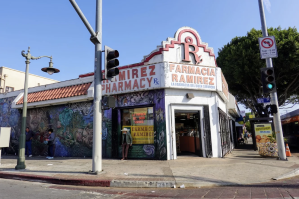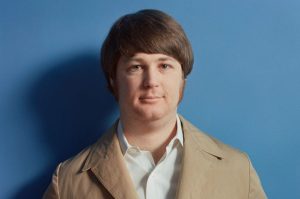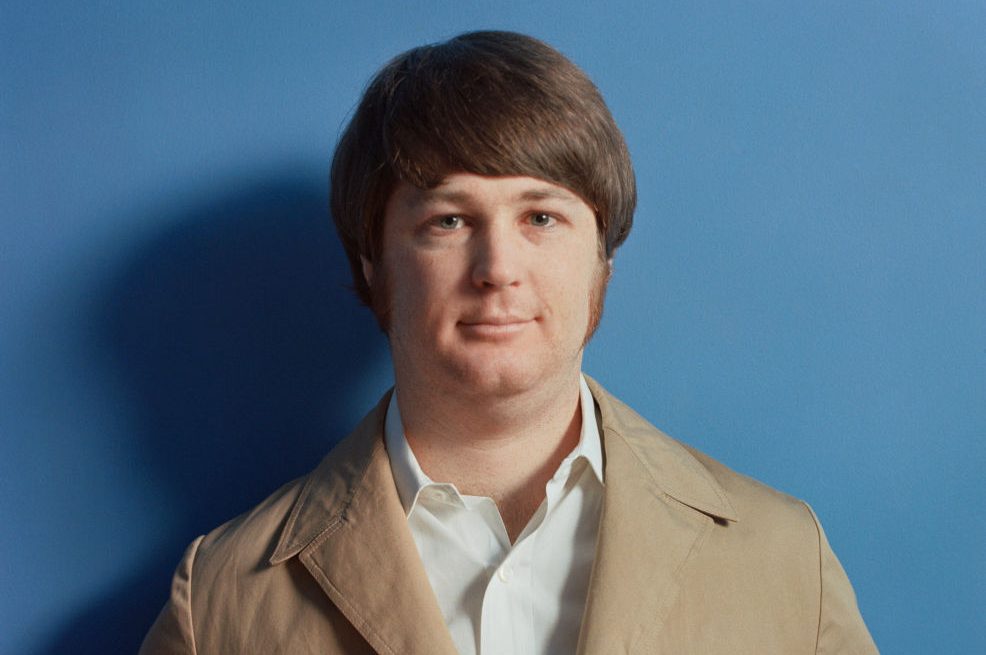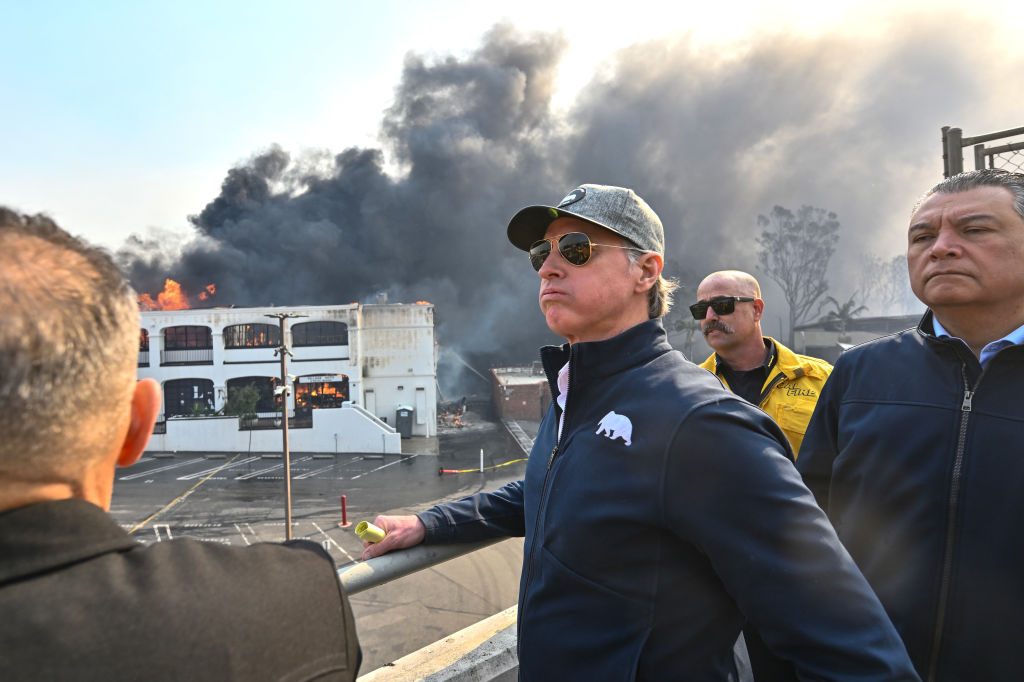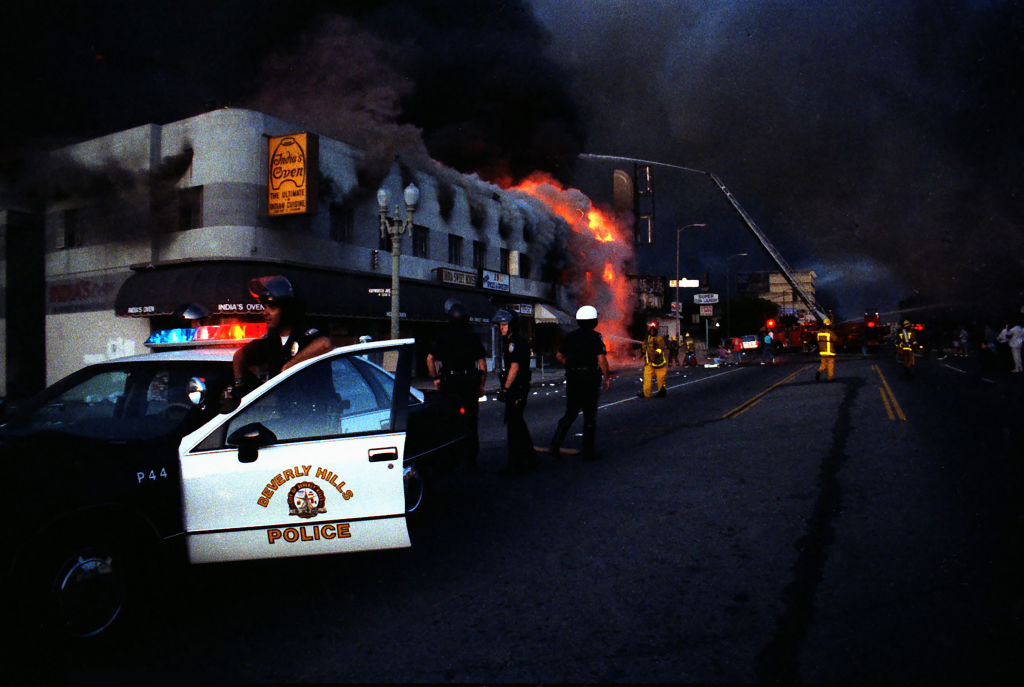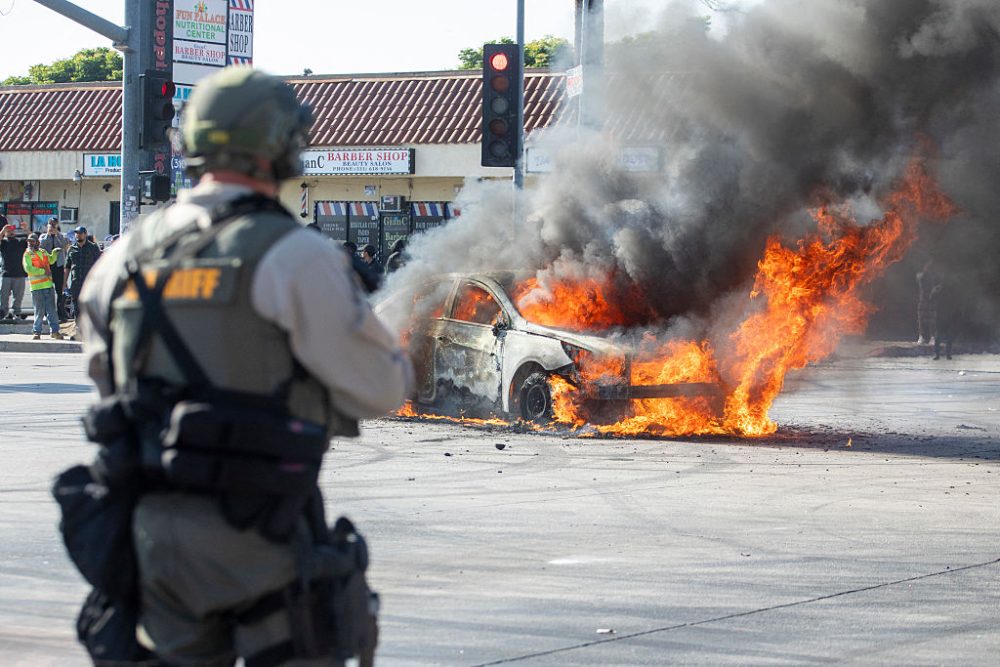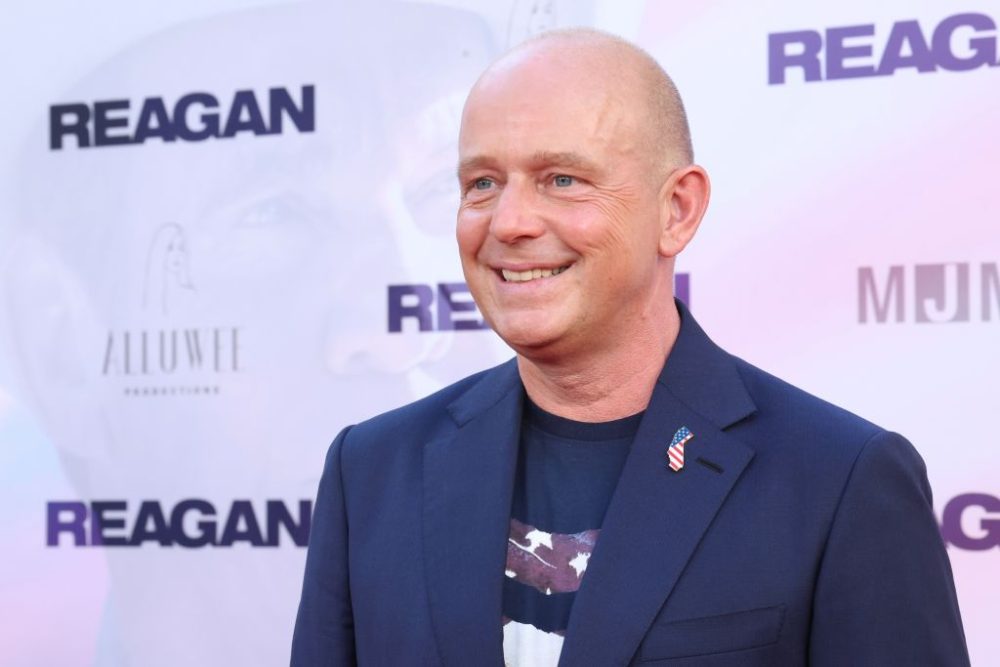What’s the most famous story about wine in the last 50 years? My candidate is the so-called ‘Judgment of Paris’ of May 1976. It was actually two judgments, one of American and French Chardonnays (the subject of the movie Bottle Shock), the other, more consequential, of American and French Cabernets (well, French Bordeaux, which are predominantly Cabernet).
The competition was organized by Steven Spurrier, now one of the world’s most renowned wine connoisseurs, then a 35-year-old British bundle of energy who in 1970 had moved from London to Paris and acquired a small wine shop off the Rue Royale.
One of the things that made Spurrier unusual was his habit of encouraging clients to taste the wine they were thinking about buying before actually parting with a packet of francs (this was in the good old pre-Euro days).
In 1976, he organized the two competitions: blind tastings of 10 whites and 10 reds by a panel of 11 judges, nine of whom were French. Among the French whites were bottles from renowned vineyards in Bâtard-Montrachet and Puligny-Montrachet (both 1973). The French clarets included such famous wines as Mouton Rothschild and Haut-Brion (1970) — two first growths from Pauillac — and (a personal favorite of mine) Leoville Las Cases (1971), a second growth from St. Julien.
When I met him many years later, Spurrier told me that he had organized the event partly as a curiosity, partly as a marketing ploy. He sold only French wine in his shop and, like nearly everyone at the time, he fully expected that French wines would win. The wines from the New World were interesting, doubtless, but their very newness made the achievement of real excellence unlikely.
Mirabile dictu — or perhaps I should say, sacre bleu! — a Californian wine, both white and red, won the top spot in both competitions. Surprise. Incredulity. Consternation. One of the French judges, Odette Kahn, asked for her ballot back.
The Chardonnay that won first prize, by the way, was Château Montelena from Napa (Chalone, from a spot further south, came in second). You can pick up a recent vintage of Montelena for about $50, a Chalone Vineyard for maybe $35. How do they compare with a Bâtard-Montrachet from Ramonet-Prudhon or a Leflaive Puligny-Montrachet Les Pucelles? I’ll just say that you, or someone who likes you, will be spending a lot more for those latter wines.
The real shocker in this story, however, concerns the red wine.The first prize went not to the Haut-Brion or Mouton-Rothschild but to Stag’s Leap Wine Cellars, the 1973 ‘SLV’ Cabernet. The vineyard, started in the Stag’s Leap district of Napa by Warren Winiarski in 1970 (and sold by him in 2007), was instantly catapulted to international fame. More than that, the Judgment of Paris really put California wines — as well as wines from other non-European venues — on the map.
Many experts, especially many French experts, were none too pleased by these results. They pointed out, for example, that French wines, being by nature more complex, required more time to age properly. So a second competition was organized in 1978 with the same roster of wines.This time, Montelena did not come in first among the Chardonnays — the wine from Chalone Vineyard did (Montelena came in second). But California wines, with the Stag’s Leap ‘SLV’ once again leading the pack, took the top three spots.
There is some confusion about the name Stag’s Leap. Because it is the name of a region in Napa, it is not surprising that there are several wines that feature the phrase. The famous vineyard — Stag’s Leap Wine Cellars — features a stag standing, not leaping, in front of a gnarled tree, its head turned to the right to scrutinize the viewer. You will sometimes read that the wine that won in the Judgment of Paris was denominated ‘Cask 23’, a name Winiarski reserved for vintages of particular note. But that came later.
The winner in 1976 was the 1973 ‘SLV’ Cab. A recent vintage will set you back something like $180.You can still find bottles of the 1973 vintage. One is in the Smithsonian Museum, others are available on consignment for about $9,700.
If you are still waiting for your stimulus check, you might wish to investigate Artemis, another Cabernet from Stag’s Leap Wine Cellars. I recently had the 2018 vintage with friends to support an excellent boeuf bourguignon. At about $75, it is not cheap but also not preposterous. It’s a well-structured and — at 14.5 percent alcohol — robust wine, tannic but also blooming with dark fruit in the glass. The label says Cabernet Sauvignon, but there are small dollops of Petit Verdot and Malbec to soften the wine, which was aged for 15 months in a variety of new and old, French and American oak barrels. It’s a current house favorite Chez Kimball, both for itself and for the dreams of that 1976 competition it inspires.
This article was originally published in The Spectator’s March 2021 US edition.



